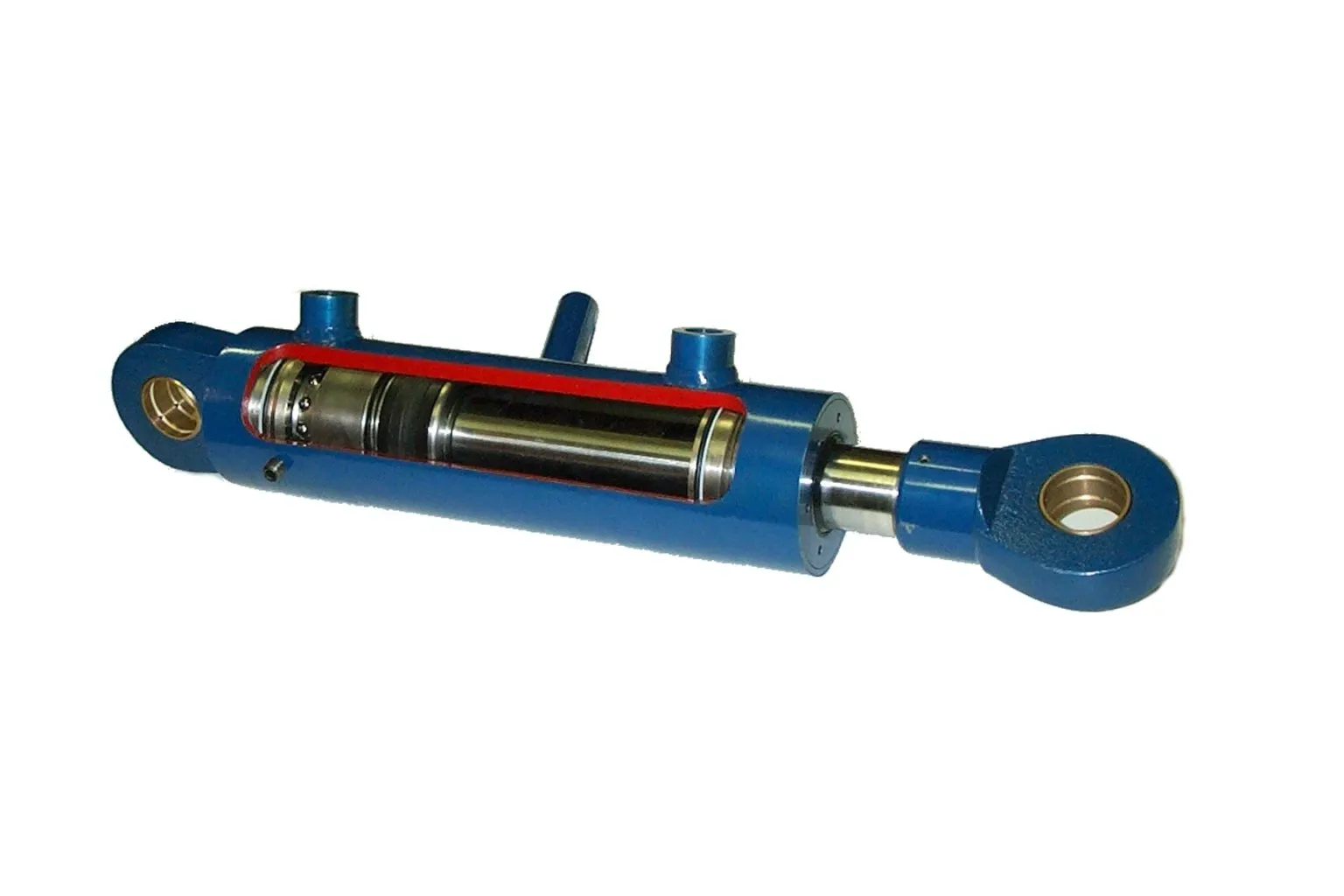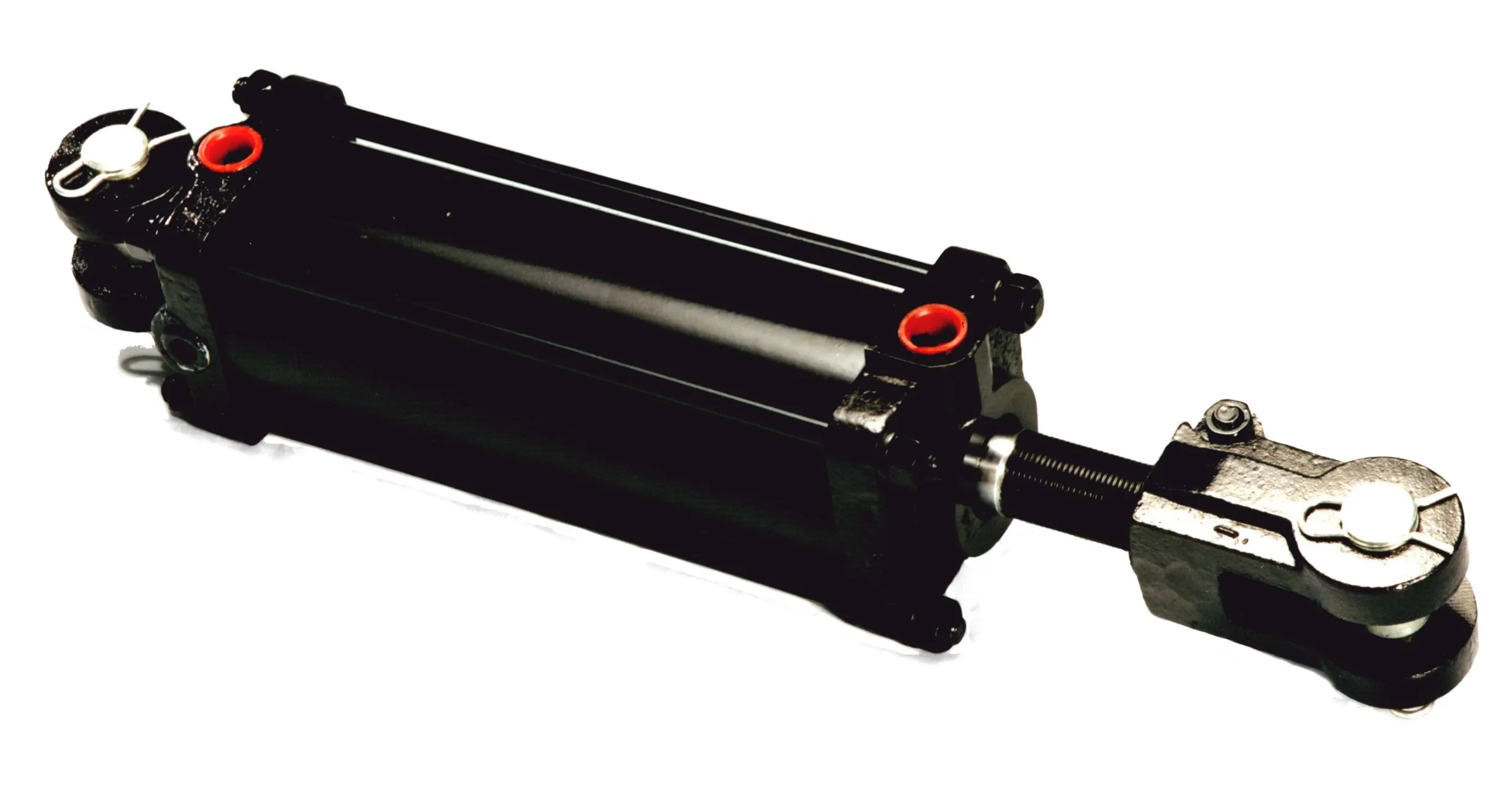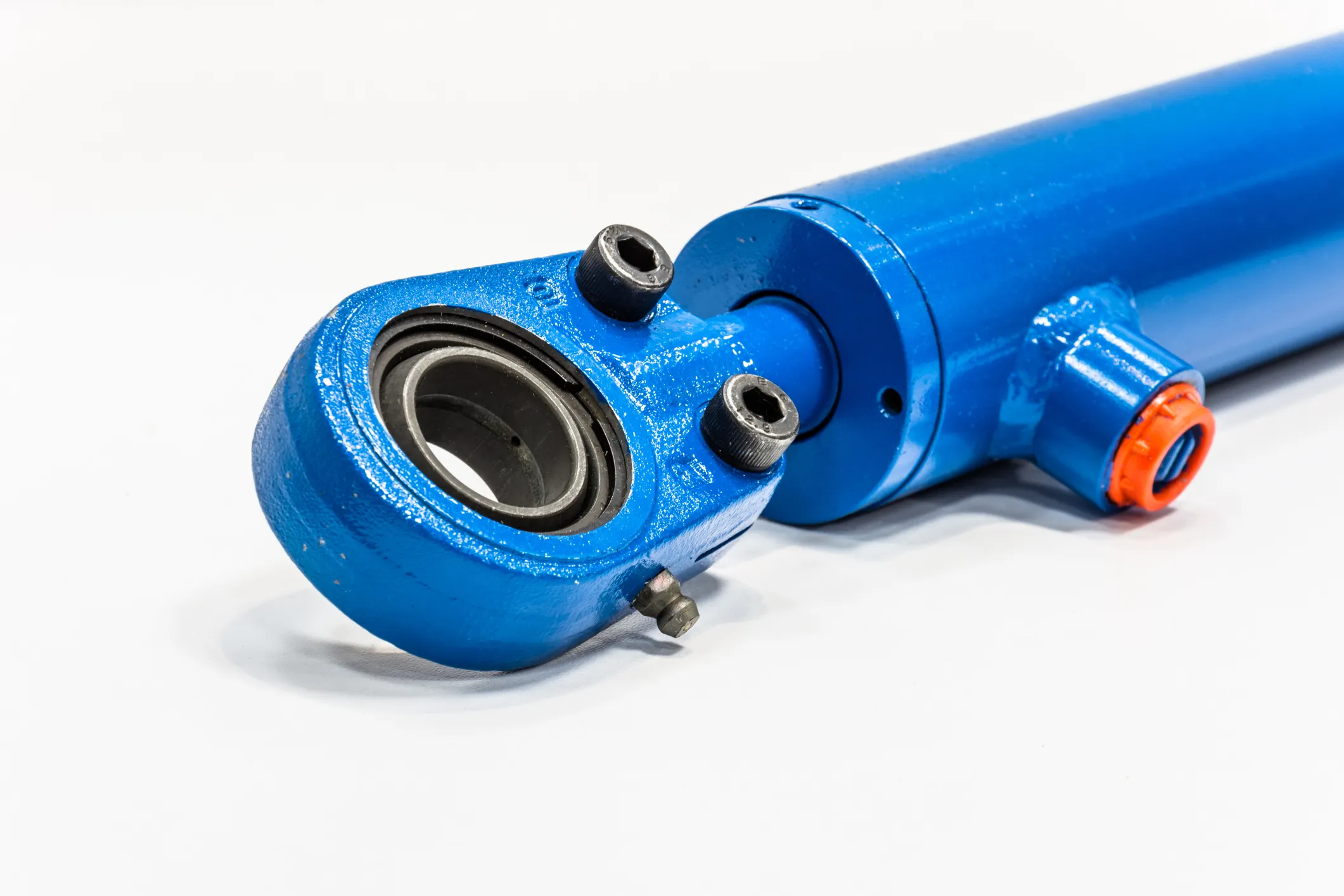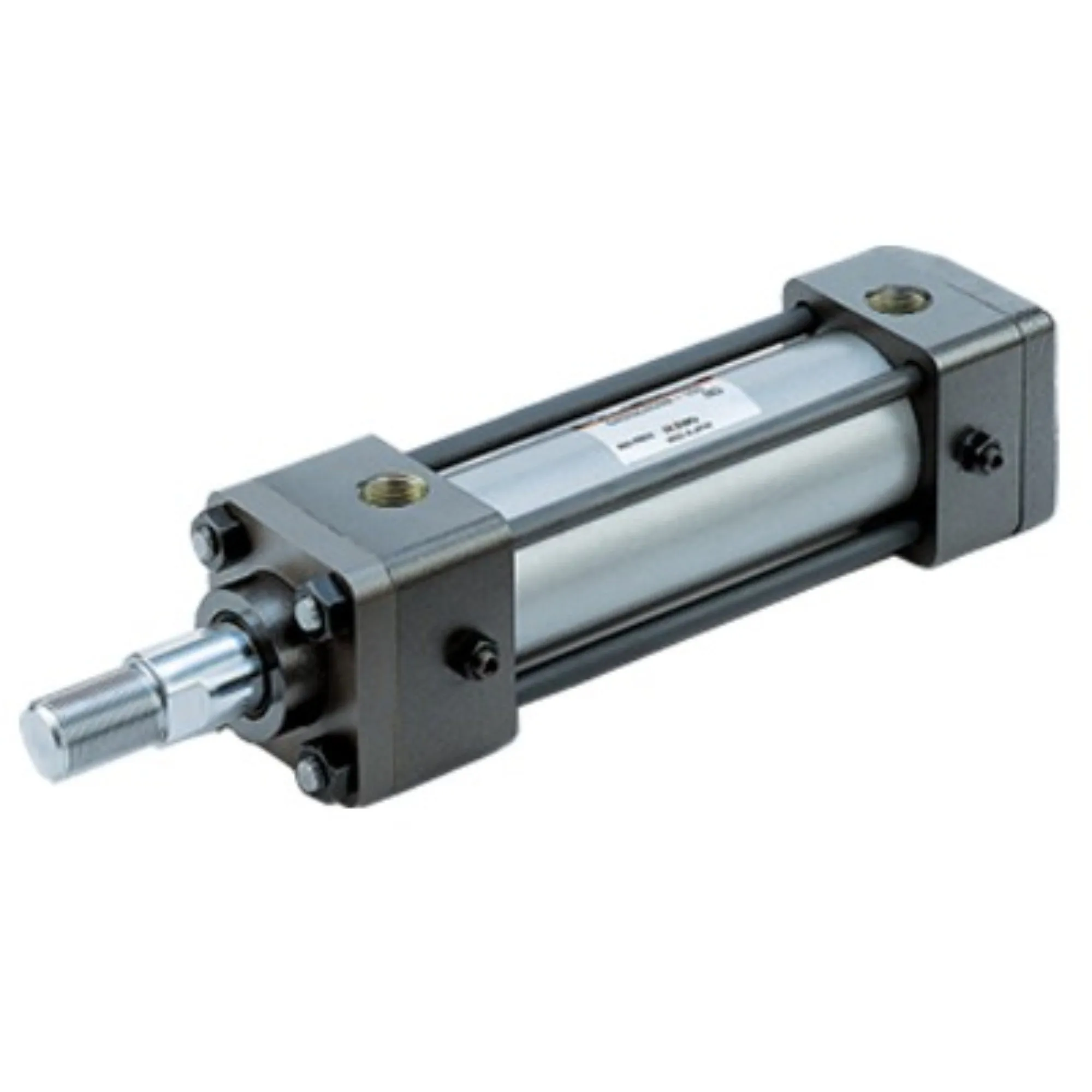
Unlocking the Design Secrets of Locking Single-Acting Hydraulic Cylinders
Introduction to Locking Single-Acting Hydraulic Cylinders
Locking Single-Acting Hydraulic Cylinders are a vital component in hydraulic systems that operate under hydraulic pressure in one direction and have a built-in locking mechanism to prevent movement in the absence of pressure. These cylinders are designed with precision and care to ensure optimal performance and safety in various applications.
Design and Construction Characteristics
Locking Mechanism – Safety
The main feature of Locking Single-Acting Hydraulic Cylinders is their locking mechanism, which ensures that the piston remains in a safe position even when hydraulic pressure is lost. This mechanism can be mechanical or hydraulic, providing an added layer of safety in critical applications.
Variety
The design of the locking mechanism in these cylinders can be customized to suit specific application needs. From spring-loaded locking devices to pin locks, various options are available to ensure reliable performance.
Compact Structure – Space Optimization
Locking Single-Acting Hydraulic Cylinders are designed to be compact, making them ideal for use in constrained spaces. Their versatility allows them to be integrated into a wide range of equipment and machinery with ease.
Precision Manufacturing – High-Precision Machining
The components of Locking Single-Acting Hydraulic Cylinders undergo high-precision machining to ensure a perfect fit and sealing performance. This attention to detail helps prevent leakage and ensures optimal functionality.
Strict Quality Control
During the production process, rigorous quality testing of materials and processes is conducted to guarantee the reliability of each component. This commitment to quality ensures that Locking Single-Acting Hydraulic Cylinders meet the highest standards.
Assembly Process – Specialized Assembly
Professional technicians handle the assembly process of Locking Single-Acting Hydraulic Cylinders to ensure precise installation and calibration of individual components. A pressure test is usually performed post-assembly to confirm performance and tightness.
Working Principle of Locking Single-Acting Hydraulic Cylinders
Locking Single-Acting Hydraulic Cylinders operate on a single-acting mechanism, where hydraulic oil is pumped into the chamber to extend the cylinder and push the piston outward. The locking mechanism holds the piston in place to prevent retraction, ensuring safe operation even in the absence of hydraulic pressure.
Types and Configurations
Standard Locking Mechanism
The standard locking mechanism in Locking Single-Acting Hydraulic Cylinders uses a mechanical lock or hydraulic lock to secure the piston in position. This design offers reliable performance and safety in various applications.
Customized Locking Mechanism
Customized locking mechanisms can be tailored to specific application requirements, offering flexibility and versatility in design. From spring-loaded devices to pin locks, a range of options are available to suit diverse needs.
Specialized Locking Mechanism
Specialized locking mechanisms are designed for unique applications that demand specific safety and performance features. These cylinders are engineered to meet stringent requirements and provide exceptional reliability.
Benefits of Locking Single-Acting Hydraulic Cylinders
Enhanced Security
The locking feature in these cylinders greatly reduces the risk of accidental retractions, ensuring operator safety and equipment protection.
Reliability
Locking Single-Acting Hydraulic Cylinders are designed to operate under high loads and varying conditions, delivering consistent performance and reliability in critical applications.
Simplicity
These cylinders are easy to operate and maintain, making them a user-friendly choice for a wide range of applications. Their straightforward design ensures hassle-free performance.
Application Scenarios

Construction Equipment
Locking Single-Acting Hydraulic Cylinders find common use in cranes, hoists, and lifts where heavy loads need to be securely immobilized during operations.
Manufacturing
These cylinders are essential in presses and machinery where materials are formed under high pressure and require stable fixation for precision processing.
Transportation
Stabilizers and jacks equipped with Locking Single-Acting Hydraulic Cylinders ensure safety during vehicle maintenance and transportation, preventing accidents and mishaps.
Aviation
In aviation applications, such as landing gear systems, these cylinders play a crucial role in ensuring the safe and reliable operation of aircraft during takeoff and landing.
Design Considerations and Selection Criteria
Bearing Capacity
Understanding the load-bearing capacity of Locking Single-Acting Hydraulic Cylinders is essential to ensure optimal performance and safety in various applications.
Sealing and Durability
The seals used in these cylinders play a critical role in maintaining performance and preventing leakage. Durable materials and proper sealing ensure long-lasting functionality.
Safety and Maintainability
Ensuring the safety and ease of maintenance of Locking Single-Acting Hydraulic Cylinders is crucial for their reliable operation and extended service life.
Sealing and Lubrication
Proper sealing and lubrication are essential for the efficient operation of Locking Single-Acting Hydraulic Cylinders. Utilizing high-quality seals and lubricants can enhance performance and prevent wear and tear.
Regular Inspection and Maintenance
Regular inspection and preventive maintenance measures are key to ensuring the optimal performance and longevity of Locking Single-Acting Hydraulic Cylinders. By adhering to a maintenance schedule, potential issues can be identified and addressed promptly.
Installation Guide

Proper installation of Locking Single-Acting Hydraulic Cylinders is crucial for their performance and safety. Following the manufacturer’s guidelines and best practices can ensure a secure and reliable installation process.
Maintenance Tasks
Regular Inspection
Regular inspections of Locking Single-Acting Hydraulic Cylinders help identify wear and tear, ensuring optimal performance and safety.
Proper Lubrication
Applying the right lubrication to these cylinders can prevent friction and wear, extending their service life and maintaining performance.
Seal Replacement and Calibration Inspection
Timely replacement of seals and calibration inspections are essential maintenance tasks that ensure the continued reliability and safety of Locking Single-Acting Hydraulic Cylinders.
Safety Considerations and Environmental Factors
Understanding safety considerations and environmental factors when using Locking Single-Acting Hydraulic Cylinders is crucial for preventing accidents and ensuring compliance with regulations. Proper safety measures can enhance operational safety and minimize risks.
Fault Diagnosis and Common Problems
Identifying and diagnosing faults in Locking Single-Acting Hydraulic Cylinders is essential for maintaining their performance and safety. Common problems such as leaks and malfunctions can be addressed through proper troubleshooting and maintenance.
Unit Power Considerations
Cylinder Diameter and Stroke
The cylinder diameter and stroke of Locking Single-Acting Hydraulic Cylinders directly influence their unit power output. Optimizing these parameters can enhance performance and efficiency.
Operating Pressure
The operating pressure of the hydraulic system impacts the unit power output of these cylinders. Balancing pressure levels with safety considerations is essential for optimal performance.
Piston Speed and Load
The piston speed and load conditions affect the power calculation and performance of Locking Single-Acting Hydraulic Cylinders. Understanding these factors is key to optimizing their operation.
Optimizing Hydraulic Power Units
Improve Efficiency

Optimizing the power unit of Locking Single-Acting Hydraulic Cylinders can enhance efficiency, reducing operation time and increasing production capacity.
Energy Saving
By optimizing design and operation, energy consumption can be minimized, leading to cost savings and environmental benefits.
Enhance Reliability
Effective power management can improve the reliability and longevity of equipment, reducing downtime and maintenance costs.
Common Questions and Answers
How does the locking mechanism in a single-acting hydraulic cylinder work?
The locking mechanism in a single-acting hydraulic cylinder holds the piston in place to prevent retraction when hydraulic pressure is lost, ensuring safe operation.
What are the main components of a locking single-acting hydraulic cylinder?
The main components of a locking single-acting hydraulic cylinder include the piston, cylinder, seals, locking mechanism, and hydraulic fluid.
What advantages do locking single-acting hydraulic cylinders offer over standard single-acting cylinders?
Locking single-acting hydraulic cylinders provide enhanced safety and security by preventing accidental retractions and ensuring stable load holding capabilities.
Long-Tail Keywords
Locking Single-Acting Hydraulic Cylinder Maintenance Tips
Explore maintenance tips for ensuring the optimal performance and longevity of locking single-acting hydraulic cylinders.
Enhancing Safety with Locking Single-Acting Hydraulic Cylinders
Discover how locking single-acting hydraulic cylinders enhance safety and reliability in critical applications.
Choosing the Right Locking Mechanism for Your Hydraulic System
Learn about different locking mechanisms available for locking single-acting hydraulic cylinders and how to select the right one for your needs.
Our Company
We are a leading hydraulic cylinder replacement manufacturer, offering a comprehensive product line and customized services to meet the diverse needs of our customers. With a focus on quality and innovation, we have established ourselves as a trusted partner in the hydraulic industry.
